
The Eerie Hometown of the Jackson 5
Only 25 miles from downtown Chicago sits one of the most historically interesting cities of the rustbelt – Gary, Indiana. The city was founded in 1906 by the United States Steel Corporation. Here they planned to place their new plant, Gary Works. The city was named after Elbert Henry Gary – a lawyer, and the founding chairman of the United States Steel Corporation. The city is known mainly for a couple of things in particular; their large steel mills, and being the birthplace of the Jackson 5.
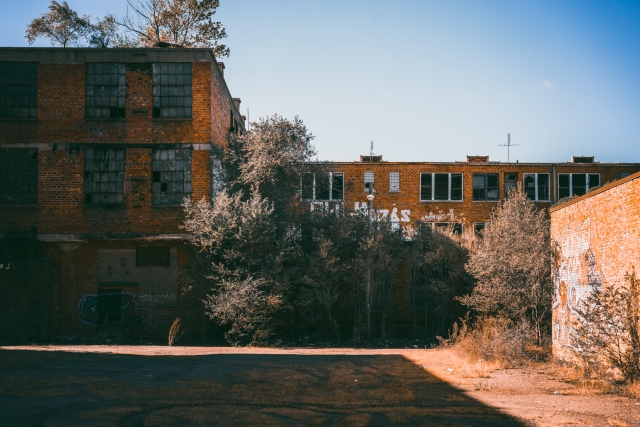

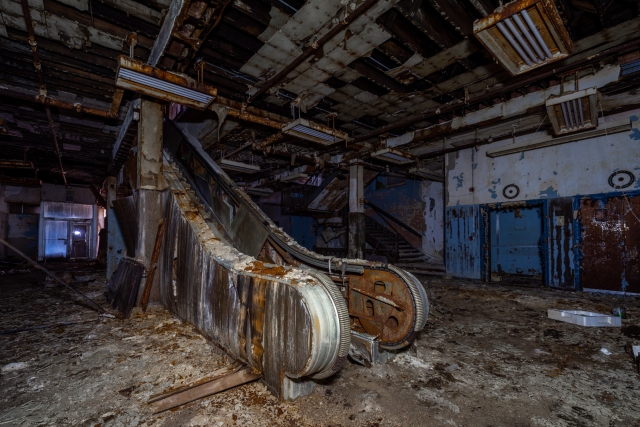
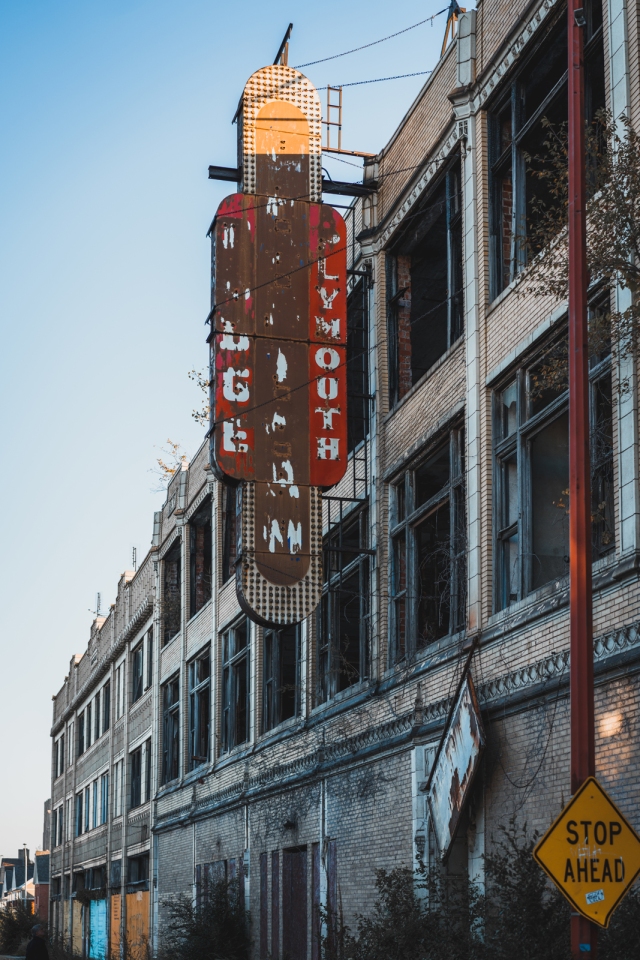

Things were good in Gary, as the city prospered from the 1920s through the mid-1960s due to a booming steel industry. However, when the overseas competition moved in, knocking out much of America’s industry, many jobs were lost and the city went into a steep decline.
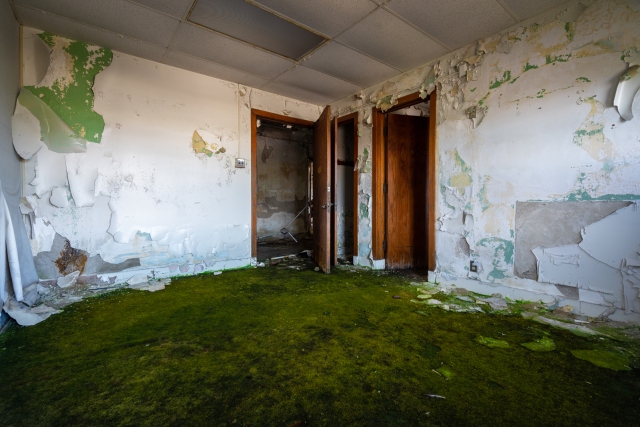
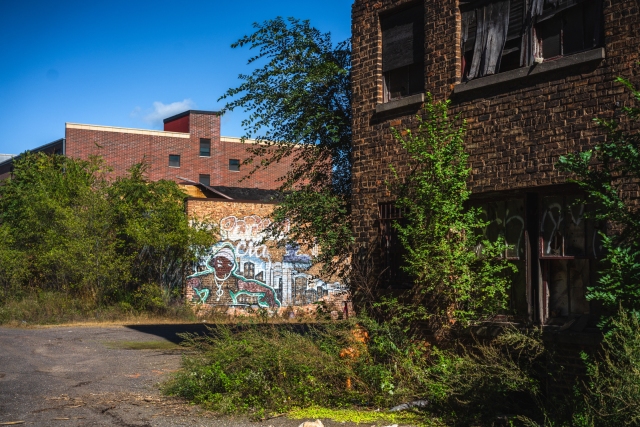


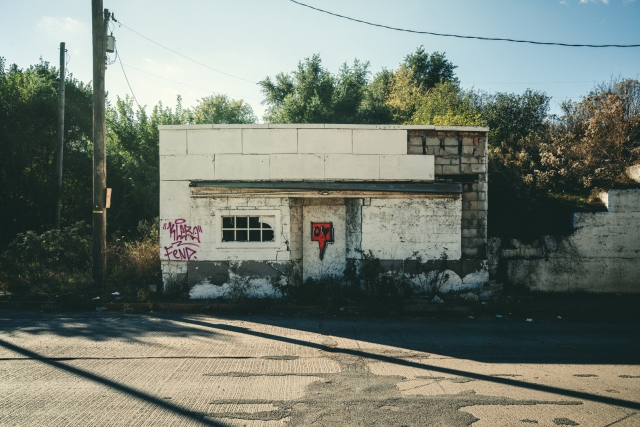
Gary was never a “big city” but held up to some of the larger cities in Indiana. By 1930, Gary’s population had passed the 100,000 mark, making it the fifth largest city in Indiana. Around this same time, Gary had earned a reputation for being somewhat of a “tough city” due to the rise in political corruption, racial violence & segregation, labor unrest, and industrial pollution. In the 1960s, Gary’s population peaked at 178,320 residents, but would quickly drop leading into the 1970s. As the city’s economy and infrastructure declined, violence, racial segregation and labor unrest rose, becoming even more prevalent than before. Population in Gary has since dropped by 55 percent. According to a 2016 estimate, the population sits around 76,424. As of 2018, it’s estimated that nearly one-third of all homes in the city sit empty and abandoned. When documented in 2014, there were more than 6,700 abandoned buildings in Gary.


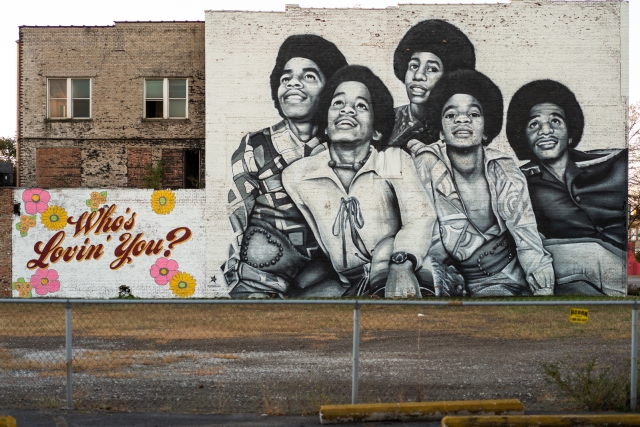


A riot broke out on Broadway on October 4, during the steel strike of 1919. Broadway is the main north-south street through downtown Gary. Three days later, Indiana governor James P. Goodrich declared martial law. It took the combined effort of nearly 4,000 federal troops under the command of Major General Leonard Wood to restore order to Gary during the strike.
Several city schools have been closed within the last ten years, and while some have been reused, most remain empty and unused since their closing.
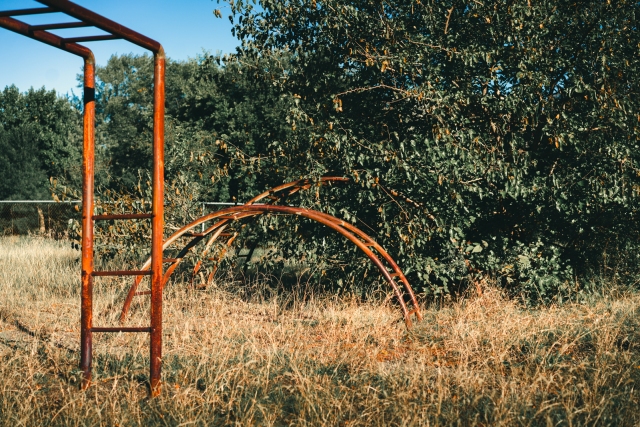

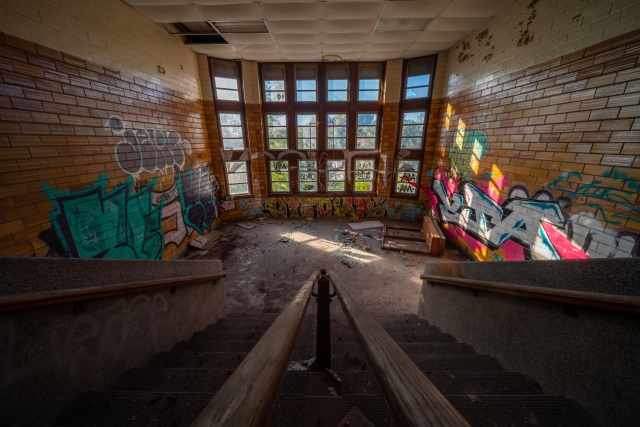


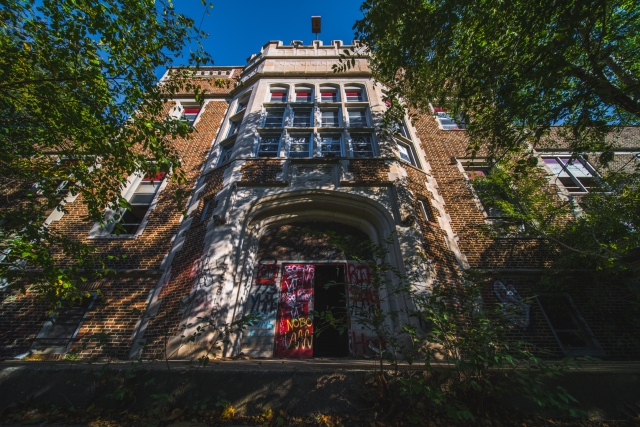
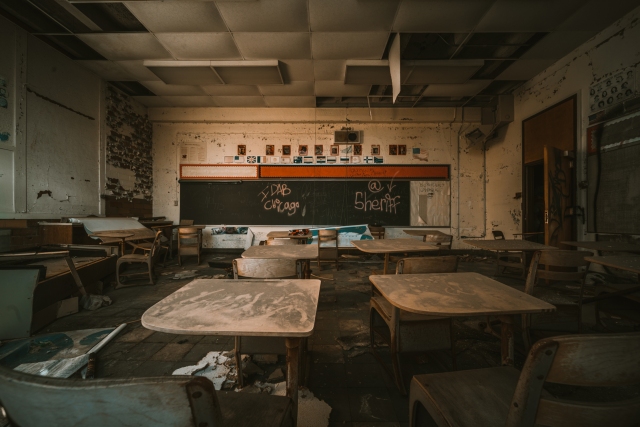


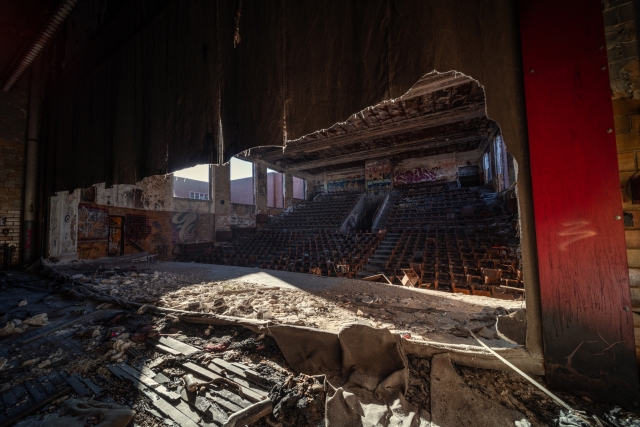
Gary is currently inching its way to becoming a ghost town, but numerous groups hope to change this, as well as the negative light that is often shed on the city. When I visited, I could see that behind the shuttered storefronts that line Broadway, there sits potential to bring back a beautiful history that has been lost. The city holds so much forgotten life, often disregarded by visitors who only see gloomy streets and a history of corruption. People often fail to think about the families that spent so much of their lives here, and shaped their lives around the city they knew growing up; the city that these groups want to save, and bring out of the darkness.


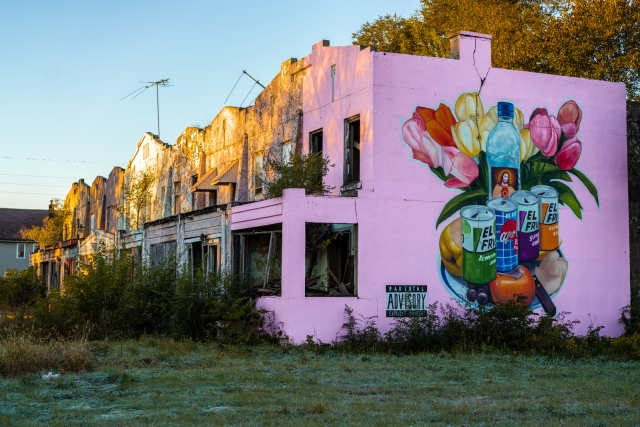

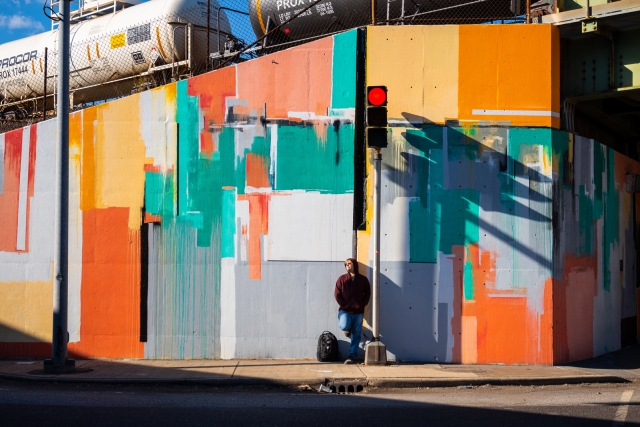
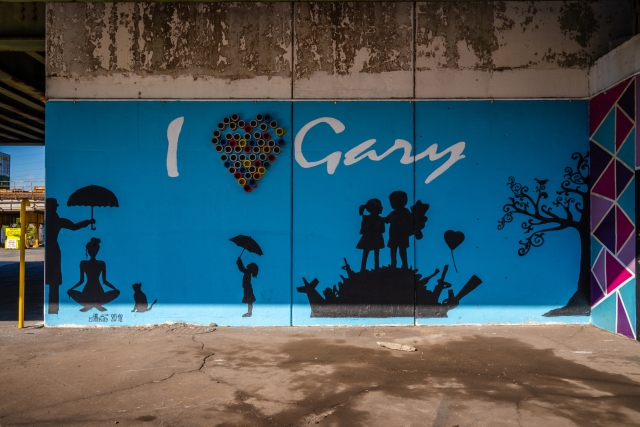
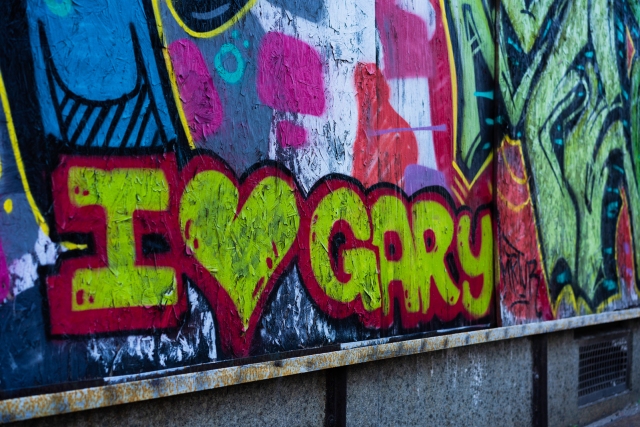
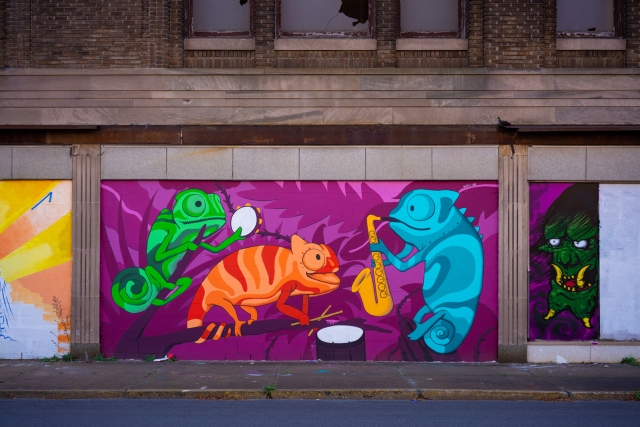
Their motto has always been “we are doing great things,” and around almost every corner, you can see that these preservation groups are trying to keep it that way.






Great story, lots of history.
When we ruminate on so many similar, formerly thriving cities, it is depressing to see what is happening now. Detroit and the auto industry, Chicago too with its cattle and steel trade all beg to be remembered. Read the poem “Fog” by Emerson to absorb the differences.
Now imagine yourself a young boy as this devastating change takes place where you live. Would you have a normal self-image, or would you fear for your own reputation and for the real “who you are?”
All this is so easy to see in retrospect.
Depressing, yet fascinating. That theater and the schools…
I fully agree. I sent the link to several VIPs today and hope your work is recognized far and wide.
Wow … your photos and writing are incredible! It’s difficult to imagine that this is happening right now … and it’s depressing to imagine that Gary could be a harbinger of what is to come for other small American cities, too.
Notice how closely the deterioration is linked to outsourcing jobs.
I love that you do research and share the history. Thank you!